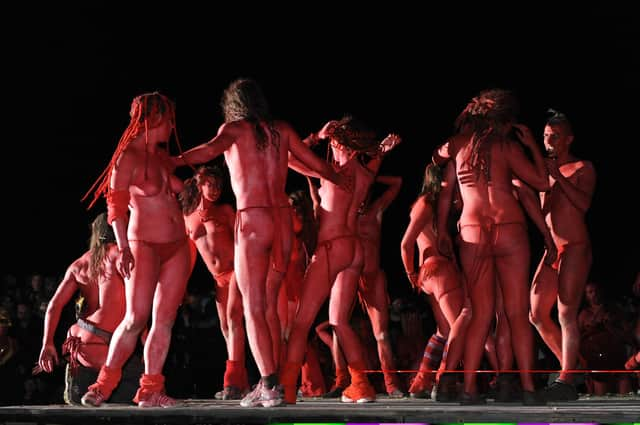The sky burns bright on Calton Hill the night before May Day, when thousands gather to take part in the Beltane fire festival.
The ancient Celtic celebration of fire, new life and purity, marking the end of the darker seasons and the arrival of summer on May Day, was revived for modern times in the Capital in 1988. And from small beginnings it has grown to be the largest celebration of its kind in the world.
The ritual, acted out by around 300 performers, sees the May Queen and the Green Man lead a procession of characters around the National Monument. The event tells the story of the transition from winter to summer, which can only happen when the Green Man, an archetypal figure in folklore all over the UK, dies and is reborn. He does so to shake off the last remnants of winter so that he can join the May Queen as her consort.
The festival had to be cancelled for two years because of Covid, so last year’s marked its return for the first time since 2019. Here, we look back over the years with pictures of festivals past.
The ritual, acted out by around 300 performers, sees the May Queen and the Green Man lead a procession of characters around the National Monument. The event tells the story of the transition from winter to summer, which can only happen when the Green Man, an archetypal figure in folklore all over the UK, dies and is reborn. He does so to shake off the last remnants of winter so that he can join the May Queen as her consort.
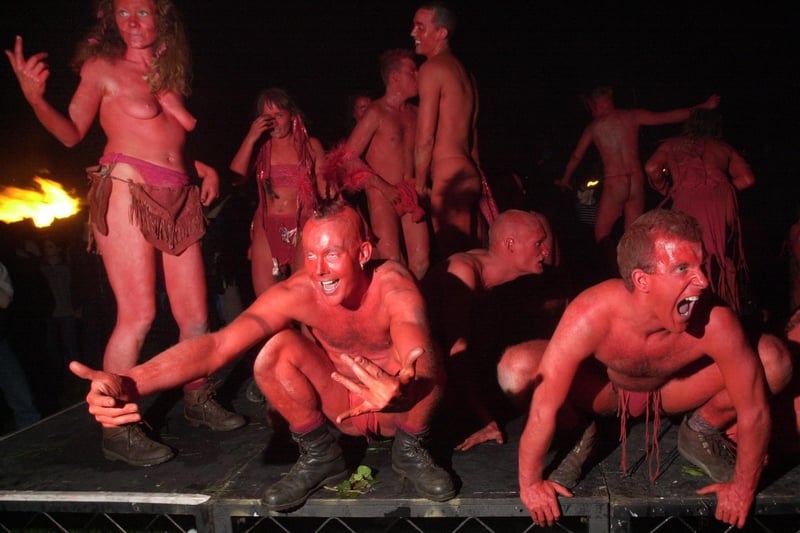
5. Beltane 2000
A 300-strong cast brings ancient Celtic traditions to life with a heady mix of fire, drums, costumed performers and dramatic storytelling. Photo: Paul Chappells
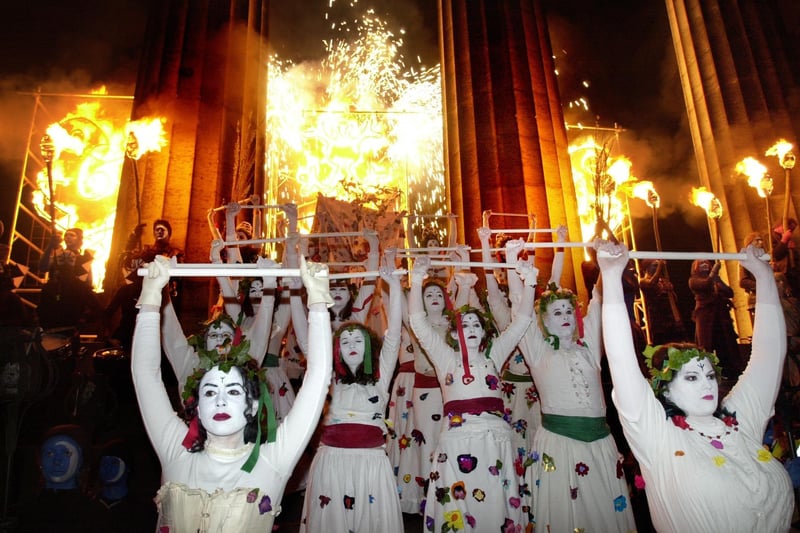
6. White Warrior Women 2001
The White Warrior Women, who serve as bodyguards for the May Queen, play a key role in the ritual of the Beltane fire festival, marking the change of seasons. Photo: Paul Chappells
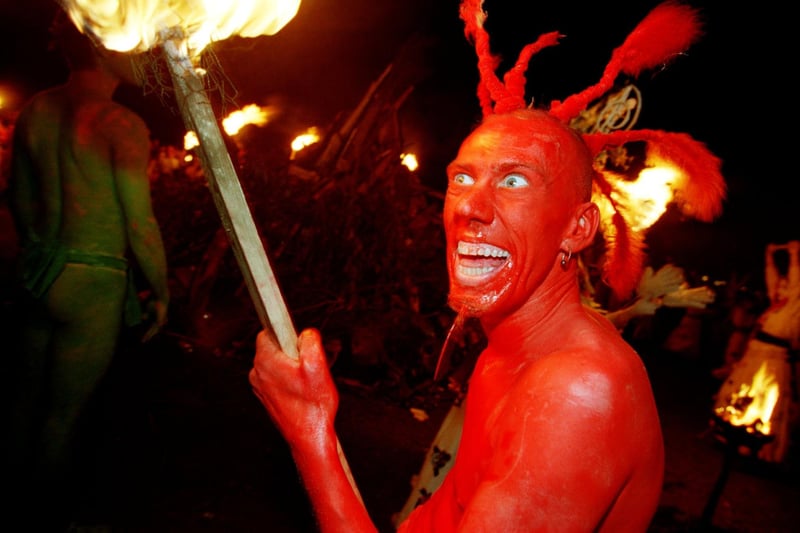
7. Red Man 1997
The Red Men represent the forces of chaos in the Beltane ritual, taunting the White Women, staging a series of charges at the procession and goading the Green Man. Photo: Graham Hamilton
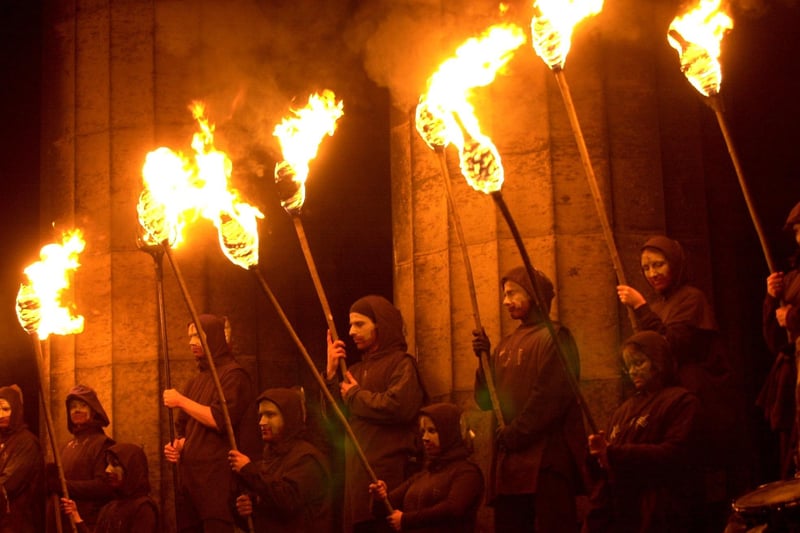
8. Fiery torchbearers 2002
Torchbearers stand guard next to the columns of the National Monument on Calton Hill as the 2022 Beltane ceremony is played out. Photo: Esme Allen
